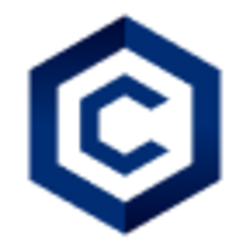Opinion by: Margaret Rosenfeld, chief legal officer of Everstake
The Federal Housing Finance Agency’s (FHFA) recent directive to explore how cryptocurrency might be included in single-family mortgage risk assessments is a welcome and long-overdue step.
If implemented, it could allow long-term crypto holders to use their digital assets when qualifying for a mortgage without being forced to liquidate them.
To realize its potential, the resulting proposals must reflect how crypto actually works. And that means recognizing the legitimacy of self-custodied digital assets.
Misreading the FHFA directive
Some have already misread the directive requiring crypto to be custodied on a US-regulated exchange to count. That would be a serious mistake — and contrary to the plain text of the directive.
“Digital assets… must be capable of being evidenced and stored on a US-regulated, centralized exchange subject to all applicable laws.”
The phrase “capable of being stored” is clear. The directive calls for assets to be verified and safely handled through US-regulated infrastructure, not for a ban on assets held elsewhere. Verifiability must be the standard, not a specific custody model.
The security case for self-custody
Self-custody is not a fringe activity in crypto. It is the foundation of the system’s architecture and security. Compared to centralized exchanges, well-managed self-custody can offer superior transparency, auditability and protection. Collapses of major custodians and centralized exchanges have shown how real counterparty risk can be.
Properly documented, self-custodied assets can be fully auditable, as onchain records demonstrate balance and ownership. They also offer a higher level of security, since cold storage and non-custodial wallets reduce single points of failure. In addition, self-custodied assets are verifiable, with third-party tools already available to attest to wallet holdings and transaction history.
If policymakers exclude these assets from mortgage underwriting simply because they aren’t exchange-custodied, they risk incentivizing less secure practices and penalizing users for doing crypto correctly.
A framework that supports innovation
There’s a better path. Any sound crypto mortgage framework should allow both self-custodied and custodial holdings, provided they meet standards of verifiability and liquidity. It should also apply appropriate valuation discounts (haircuts) to account for volatility.
Another key requirement is…
Click Here to Read the Full Original Article at Cointelegraph.com News…
























